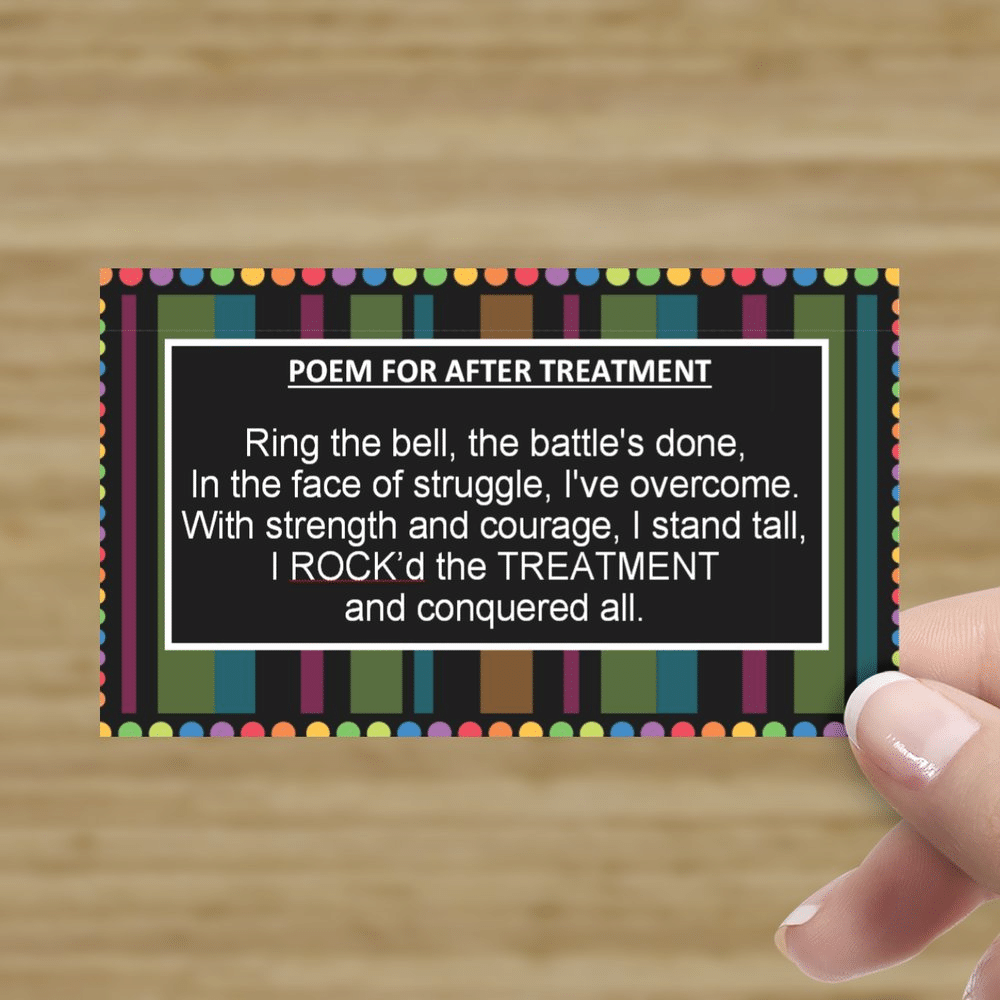
NURTURING STRENGTH. UPLIFTING SPIRITS.
Supporting you and loved ones everywhere.

History Behind the Bell Ringing Ceremony
Where exactly did the bell-ringing ceremony originate from? While almost every facility around the country has some type of bell, the first bell rang was in 1996 at MD Anderson. However, the real history behind the bell-ringing tradition starts with the Navy.
The Navy’s Use of the Bell The ringing of the bells is a deep tradition used by organizations around the world. Bells were an easy way to communicate before cell phones or loudspeakers were invented. Organizations created bell codes that were unique to the unit or Navy, so not everyone could understand each of the bells’ meanings. This allowed the Navy to communicate important messages without their enemies or everyday civilians catching on. Some of the most common uses for the bells included:
- Tracking Time: Time at sea was initially measured by tiny grains of sand running through a half-hour glass. Once it was completely emptied, a shipboy would need to turn it around to restart the count. Once he did, he would ring the bell to let others know that he had performed this task.
- Communication Measures: On ship life, conditions were sometimes too foggy, making it difficult to see if there were any other boats around. To keep from running into another ship and causing damage, they would ring their bells frequently to alert other ships of their presence. Today, all ships at sea are still required to have a working bell for fog emergencies.
- Alarms: If there was some type of fire or attack on the ship, bells were used to communicate this emergency to everyone.
- Special Events or Ceremonies: If there was a special person arriving on board, a special award ceremony for promoted officers, or if an officer had passed away, bells were used to signal the start and end of these events.
- Victory: One of the best-sounding and most favored bells was the victory bell. When the unit had performed well, taking down an enemy, or completed a big goal, a victory bell was rung to celebrate.
Irve Le Moyne’s Victory Bell Irve Le Moyne was a rear admiral for the U.S. Navy and sought help at the MD Anderson cancer facility in the 1990s. He was diagnosed with head and neck cancer and was undergoing radiation therapy for his cancer. Irve was motivated that he was going to beat his cancer and let his doctor know that when he did, he was going to use the tradition of ringing a bell to let everyone know that he had made it to victory as they did in the Navy.
True to his word, Ivan had brought a brass bell at his last treatment. Once he was cleared at that treatment, he rang it multiple times. He did not take it with him and instead donated it to the facility. This bell is still mounted on MD Anderson’s main treatment center’s wall with the following inscription:
Ringing Out
Ring this bell Three times well Its toll to clearly say, My treatment’s done This course is run And I am on my way! — Irve Le Moyne
As more and more patients and doctors learned about the bell’s ringing, its popularity grew throughout other cancer units. Every unit would ring the bells and read the poem out loud. It quickly became a regular occurrence around the country because once other clinics heard about the bell-ringing ceremony, they followed suit and installed brass bells onto their walls. by Jacob Passey as posted on Gem Awards website

 Small Men's Chemo Care Package
Small Men's Chemo Care Package  Knit Beanie for Cancer Patient
Knit Beanie for Cancer Patient  Anti - Nausea Wristband
Anti - Nausea Wristband 



































